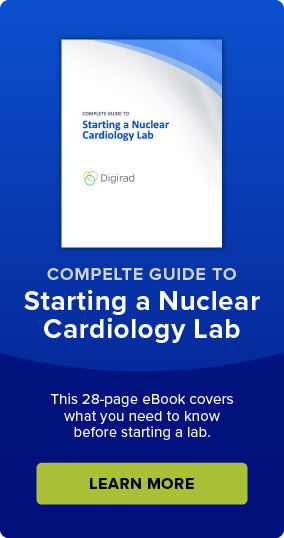Dr. Raiyan Zaman recently spoke at the 2017 SNMMI Annual Meeting in Denver, Colorado about a revolutionary system that will dramatically improve the early clinical diagnosis and treatment of coronary artery disease (CAD).
The idea that launched the CIRPI System
The Circumferential Intravascular Radioluminescence Photoacoustic Imaging (CIRPI) system is the result of an idea that Dr. Zaman jotted down on a scrap piece of paper one evening so she wouldn’t forget about it in the morning. Thinking about her research, she wondered about the composition of atherosclerotic plaques, which she hadn’t entertained before and considered adding a photo echo-stick to her current work on characterizing vulnerable plaque. That one idea could significantly change the way CAD is assessed and treated. It could also help prolong the lives of a wide number of people by helping to manage their heart disease well before they experience additional, more advanced symptoms.
What is the CIRPI System?
The system includes a unique optic-based probe that combines circumferential radioluminescence imaging (CRI) and photoacoustic tomography (PAT). Not only is it able to locate plaque, but it’s also able to differentiate between stable and vulnerable plaque and determine its composition. Physicians will be able to more accurately assess the clinical situation and decide on the appropriate course of treatment for the patient based on this information.
Currently, there is no imaging modality clinically available that can detect any early stage of vulnerable plaque buildup, including angiography, which can only be used in the advanced stages of plaque detection. It’s unique because it gives the interventional cardiologist substantially more diagnostic information.
When will the CIRPI System be available?
The CIRPI System is still being tested and is expected to move to clinical trials soon. Dr. Zaman estimates that the CIRPI System pilot study should be up and running within three years. In fact, there are already several cardiologists who are looking forward to enrolling several of their patients.
Dr. Zaman’s late night wondering was what won an NIH K99/R00 award that funded her research and eventually led to what may be the most effective method in the treatment and risk management of CAD. We’ll be following her progress and will be excited to report on any updates.



